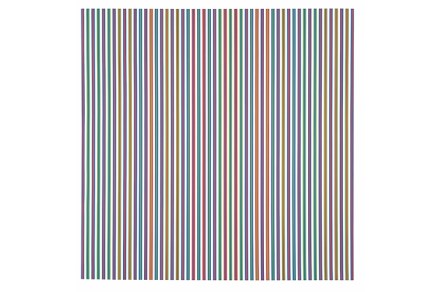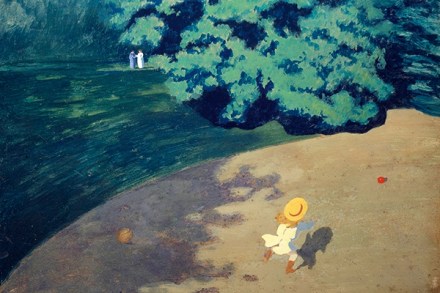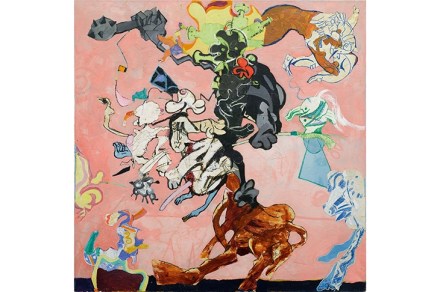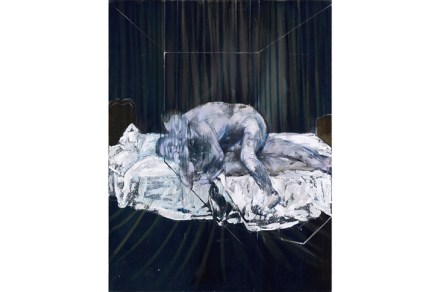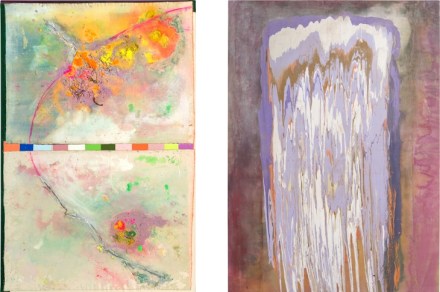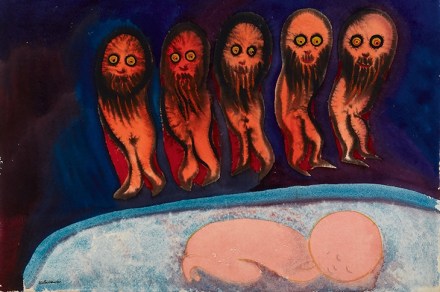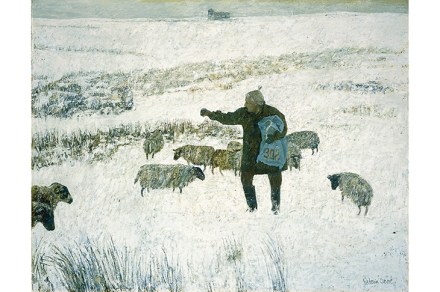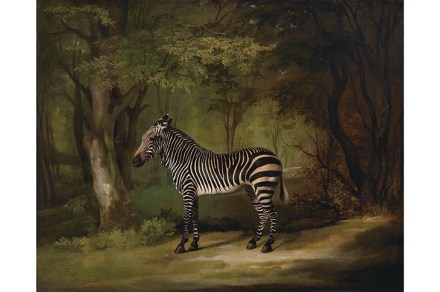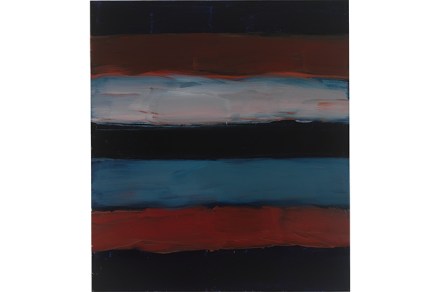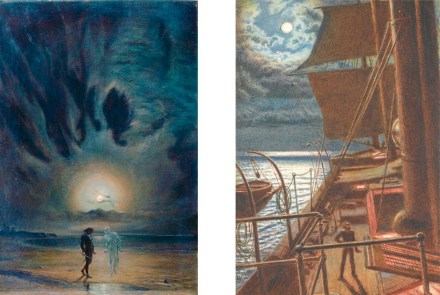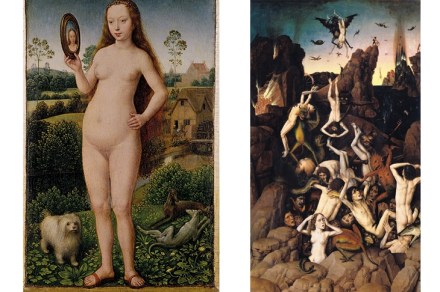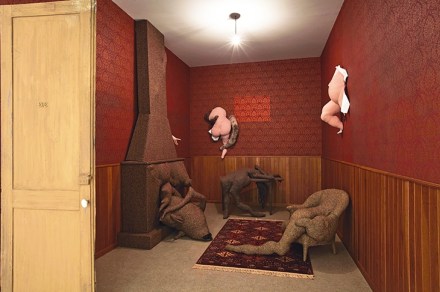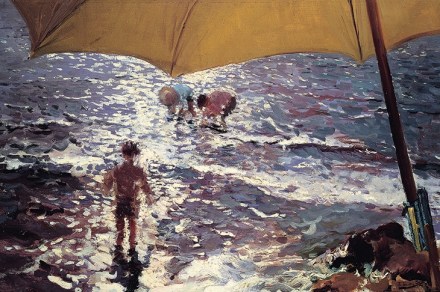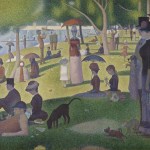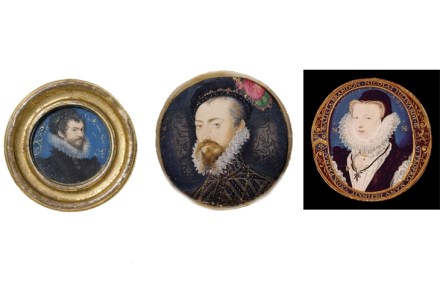Was there some Freudian symbolism in Lucian’s botanical paintings?
In early paintings such as ‘Man with a Thistle’ (1946), ‘Still-life with Green Lemon’ (1946) and ‘Self-portrait with Hyacinth Pot’ (1947–8) Lucian Freud portrayed himself alongside striking plant forms, giving equal weight to the vegetable and the human. Similarly, his first wife, Kitty, was depicted in portraits from the same period more or less obscured by a fig leaf held in front of her face, or apparently threatened by the leafy branch of a plant thrusting into the picture plane. Throughout Freud’s career, people would continue (sometimes equally uneasily) to share space with plants, notably Harry Diamond confronting a yucca in ‘Interior at Paddington’ (1951) and the artist himself squeezed


